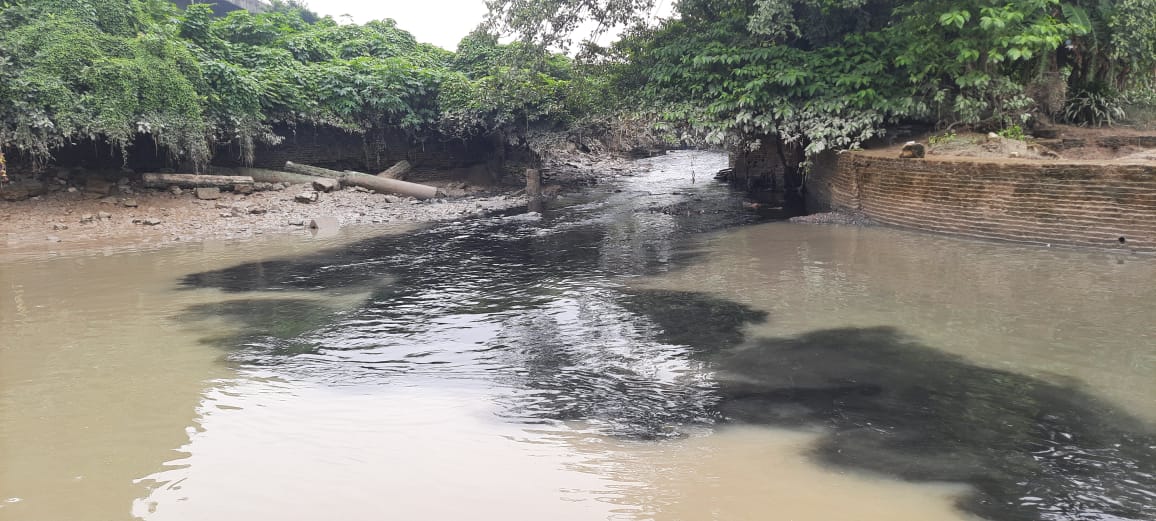How ‘alarming’ pollution in lower Ganges is impacting one of world’s richest mangrove forests
Pollution in lower stretches of the Ganges will have an adverse effect on the biodiversity of Sundarbans — one of the world’s richest mangrove forest ecosystems, scientists tell Namita Singh

Every year hundreds of thousands of Hindu devotees take a dip in the holy Ganges river at the Hindu religious site of Dakshineswar in the eastern Indian state of West Bengal.
But recent research by a group of scientists have thrown up alarming statistics about the quality of water at the site, with cascading effect on another important location close by — the Sundarbans — home to one of the world’s largest and richest mangrove forests.
Coordinated by microbial ecologist Dr Punyasloke Bhadury, a team of four researchers examined the health of a 65km-stretch of the Ganges in West Bengal.
Subscribe to Independent Premium to bookmark this article
Want to bookmark your favourite articles and stories to read or reference later? Start your Independent Premium subscription today.
Join our commenting forum
Join thought-provoking conversations, follow other Independent readers and see their replies